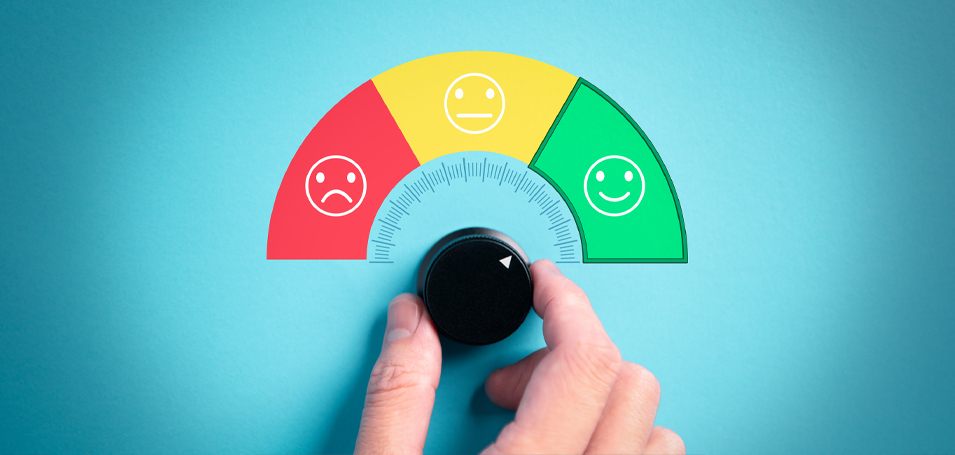Most external learning organizations – whether a small customer education team, or a training business – ultimately need to work toward more profitability. But often, this isn’t a simple or linear pathway. Customer training’s nuances and specific processes quickly create a long list of factors that impact overall profit.
From how you design and build your learning content, to the way you package it for customers, there are so many decisions learning leaders can make that will move the needle on their bottom line. The question is, what are the right optimizations you can make for your business in the short term?
We’ve developed an infographic illustrating all of the factors – or “levers” – you can toggle to impact overall profits. By either saving a little more money or making more revenue, check out the infographic to see which steps you can take to boost profitability. And, read on for more on strategies to maximize monetary gains.
What makes customer training profitable?
Boosting the profitability of any business has to do with saving on as many expenses as possible, while raising revenues through more sales, upsells, or higher retention. But, when it comes to making external training more profitable, it’s not that simple. Every learning organization is different – some rely more heavily on instructor-led programs, while others prefer a completely online, self-serve academy. And, many fall somewhere in the middle.
In our research to build the Customer Learning Maturity Model, we investigated what makes a great external training program. Along the way, we explored their approaches to these minor pricing and packaging decisions, and saw their boosted results. The biggest takeaway for our team was that the highest-performing learning organizations are constantly thinking about new ways to optimize, tweak, and toggle these factors.
For example, one business might start with in-person live instructor-led training, but they ultimately find that an on-demand library works well for a majority of customers – and costs less to manage. Another might offer a fee-based system, and over time they move to a subscription model, or a combination of the two. Finding the right optimizations for your business is key to make a training program more profitable.
What are the factors that impact training profitability?
Product Diversification
This refers to creation of net new learning product categories that you can monetize. A focus on product diversification can bring both growth through offering expansion, as well as opportunities for optimization, saving on costs and boosting overall revenue. Have you created a learning path that could apply to a similar audience (with minimal new work)? Could you offer a single course through multiple formats, and price them accordingly?
Production Efficiency
Another major factor is how you leverage technology to save on costs and drive training profitability. Automating processes and finding creative ways to reduce manual work is just as critical as driving new opportunities for revenue. Ultimately, using your team more strategically is key to achieve scale for training.
A best-in-class learning platform is at the center of production efficiency. It needs to integrate seamlessly with your complete tech stack, plus have intuitive functionality for everything from content creation to course design to monetization.
Audience Reach
Consider your total addressable market. Are there new segments or verticals you could consider? Without completely building a new product, some organizations take a single offering and tailor it for a new market, completely expanding their reach with minimal effort. And, take into account HOW you’re reaching that audience. How does your learning product become discoverable to them? Have you invested in a paid promotion strategy, or do you rely on other less costly strategies for reach?
Packaging Sophistication
Optimizing your packaging to match your market and your product is critical to boosting revenue. The barrier to entry for your product will be the first question on any prospect’s mind, no matter your market.
Consider a new ratio of custom learning packages to preset options to save on the work that goes into personalization. Does your organization require customers to pay by the user, or pay by the package? Run a few example sales scenarios to find what will ultimately result in higher gains for your team.
How does the right learning technology increase training profitability?
Your choice of learning technology will ultimately have a major impact on overall profitability of your program. Most organizations will be on a search for the “happy medium” for many of these levers, rather than choose one side or another. In this case, complete flexibility with things like business models, eCommerce functionality, Training Credits, and more is a top priority. Even details like catalog design can impact overall engagement with your learning experience – which has big implications for both retention and program success.
Schedule a demo with Thought Industries now to learn more about how our platform will support your path to maximum profit.
And, check out this Drive the Profitability of Learning infographic to learn more about optimizing for profit!




